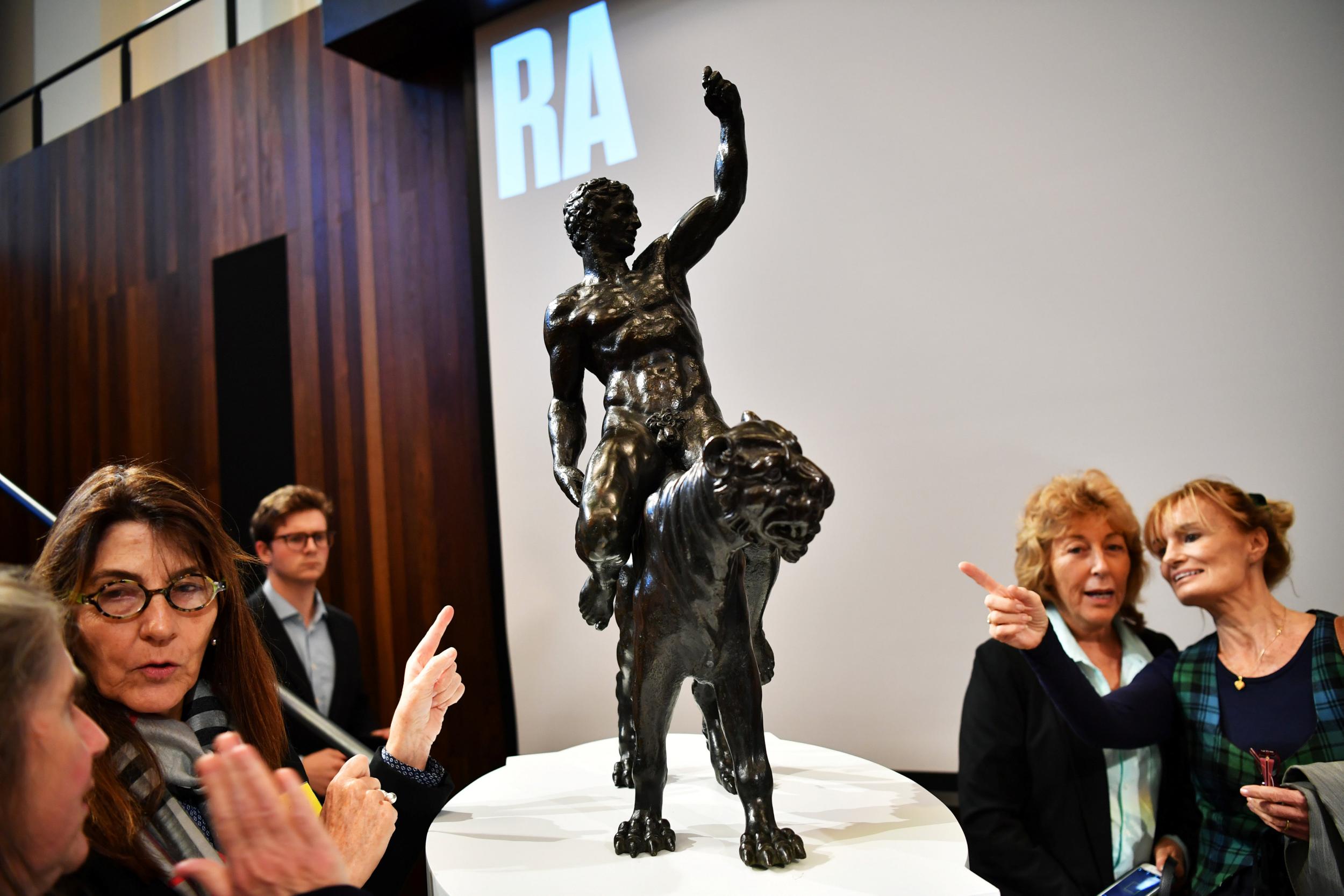Michelangelo bronze statues verified after researchers discover abnormal eight packs and curly big toes
They are the only known surviving bronze works by the artist in existence

Your support helps us to tell the story
From reproductive rights to climate change to Big Tech, The Independent is on the ground when the story is developing. Whether it's investigating the financials of Elon Musk's pro-Trump PAC or producing our latest documentary, 'The A Word', which shines a light on the American women fighting for reproductive rights, we know how important it is to parse out the facts from the messaging.
At such a critical moment in US history, we need reporters on the ground. Your donation allows us to keep sending journalists to speak to both sides of the story.
The Independent is trusted by Americans across the entire political spectrum. And unlike many other quality news outlets, we choose not to lock Americans out of our reporting and analysis with paywalls. We believe quality journalism should be available to everyone, paid for by those who can afford it.
Your support makes all the difference.While Michelangelo may have had an unparalleled influence on western art, there are still certain hallmarks that differentiate the master from the disciples, including eight-pack stomachs, wonky big toes and wavy pubic hair.
These peculiarities have led researchers to conclude that two statues – known as the Rothschild bronzes – are indeed the works of Michelangelo, making them the only known surviving bronze works by the artist in existence.
A professor of clinical anatomy, Peter Abrahams, of Warwick Medical School, was invited by the Fitzwilliam Museum in Cambridge to ascertain whether the artist was behind the figures, which depict two muscly men sitting upon panther-like beasts.
Abrahams saw various accuracies and inaccuracies in the works that are consistent with other sculptures produced by Michelangelo. These included the men having short big toes that go outwards with longer second toes, anatomically correct pubic hair, and eight-packs.
There’s also the presence of the sartorius muscle in the legs, which Mr Abrahams says would only be known to exist by someone who dissected bodies as they are not visible on the surface level.
“The first anatomy textbook was written in 1543 – we’re talking a generation later,” he told The Telegraph. “So whoever made these beautiful bronzes had actually seen under the skin.”
The statues were first attributed to Dutch sculptor Willem Danielsz van Tetrode. However, in 2014, a set of Michelangelo sketches were discovered that connected them to the artist. The Fitzwilliam Museum, which houses the bronzes, presented the case for re-attribution in 2015.
Michelangelo’s other bronze statues were seemingly melted down during the French Revolution to create weapons of war.
Dr Victoria Avery, keeper of applied arts at the Fitzwilliam Museum, told the BBC: “Until now this significant part of his career has been neglected.
“We know he was great but these four years of work have proved he pushed boundaries, he got his hands dirty.
“Where artists shied away from this alchemical material, he embraced it like no one else of his generation. They add lustre to someone we already know was a supreme creative genius.”
Join our commenting forum
Join thought-provoking conversations, follow other Independent readers and see their replies
1Comments